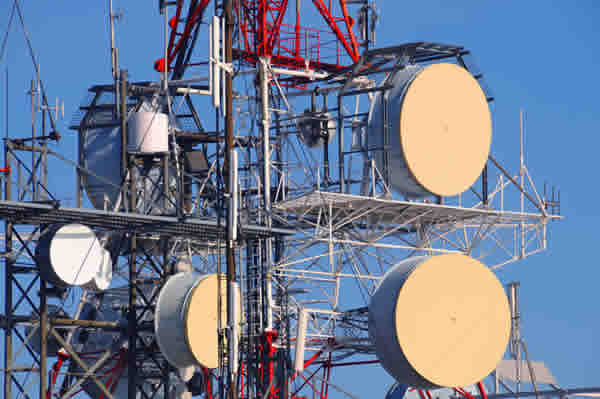TECHNOLOGY

GOVERNMENT ALLOCATES 80% OF TELECOM TOWERS TO NORTHERN REGION
The Federal Government has launched an ambitious initiative to deploy 7,000 telecommunications towers nationwide, with 80% designated for Northern Nigeria to tackle the region’s severe connectivity challenges.
Approved by the Federal Executive Council for completion by March 2025, the project aims to accelerate digital transformation and support the rollout of 5G services, with official deployment set to begin in Q4 2025.
The first tower will be installed next week in a rural Abuja community of 5,000 residents, where connectivity issues are worsened by insecurity. Unlike traditional masts, these towers will serve as digital hubs, offering internet access to schools, healthcare centers, and local government offices.
“The majority of these underserved clusters are in the North,” said Minister of Communications and Digital Economy, Bosun Tijani, in an interview with TVC. “There are a few in the South-West as well, but the bulk is in the North.”
He continued, “So, almost 80% of these towers will be going towards filling that gap in the North. The rest will now patch up where we have left off.
“Unlike traditional telecom masts, they will deliver internet to local schools, hospitals, and government offices, maximising their impact. Wherever we put them, we use the same infrastructure to serve the community.”
Tijani highlighted a collaborative model where mobile network operators will connect to the towers’ cables, reducing redundancy and optimising resources.
Nigeria’s digital landscape remains uneven. As of January 2025, 128.3 million Nigerians, 54.3 per cent of the population, lack internet access, ranking the country fourth globally for unconnected populations. Broadband penetration stands at 48 per cent, with over 50 per cent of Nigerians living there, facing significant barriers, including unreliable electricity and low digital literacy.
Progress has been made, with the number of people in unserved and underserved areas falling from 36.8 million in 2013 to 23 million in early 2025, yet the connectivity gap remains a formidable challenge.
The 7,000-tower initiative, distinct from the separate Project 774, forms part of a broader strategy that includes satellite technology, such as Starlink, and fibre-optic cables, which Tijani described as the backbone of reliable connectivity in advanced markets.
The government’s focus on the North reflects the region’s disproportionate share of unconnected communities, while the project’s design aims to address both digital and security challenges.
"This represents a significant development in our ongoing coverage of current events."— Editorial Board









